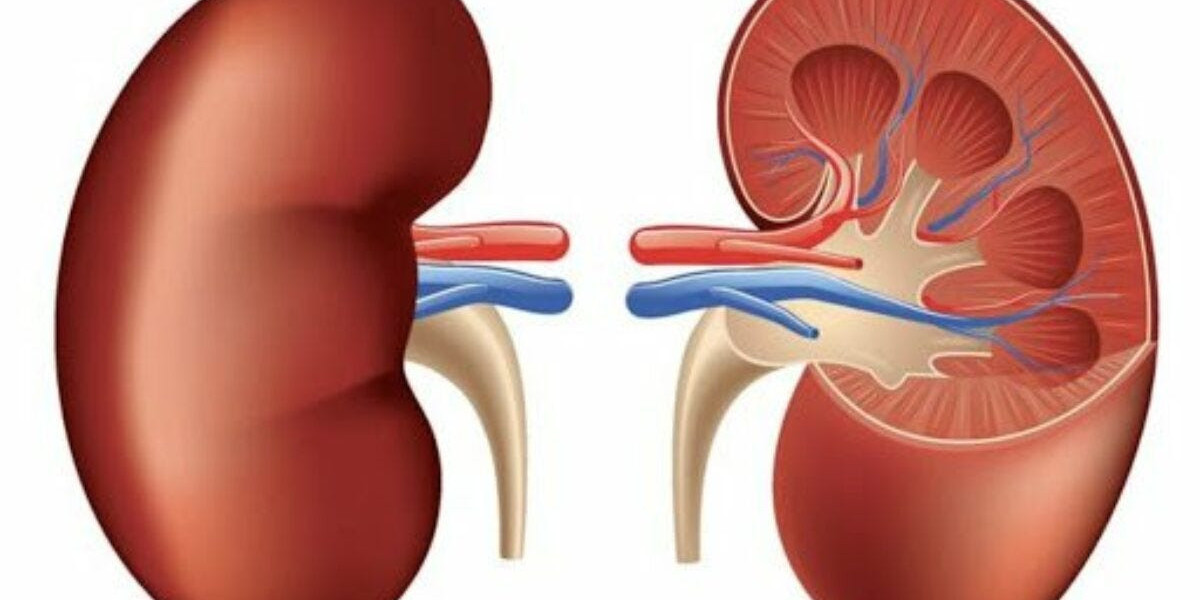In the realm of sports, injuries are not just setbacks; they can be career-altering events. Athletes, whether amateur or professional, are constantly pushing their bodies to the limit, increasing the risk of injuries. However, with the advent of regenerative medicine, the landscape of sports injury treatment has undergone a significant transformation.
Understanding Regenerative Medicine
Regenerative medicine encompasses a range of innovative techniques aimed at harnessing the body's natural healing abilities to repair and regenerate damaged tissues. Unlike traditional treatments that merely manage symptoms, regenerative medicine targets the root cause of the injury, promoting tissue repair and regeneration.
Revolutionizing Sports Injury Treatment
In the fast-paced world of sports, time is of the essence when it comes to injury recovery. Traditional treatments often involve prolonged rest periods and invasive procedures, leading to extended downtime for athletes. Regenerative medicine offers a paradigm shift by expediting the healing process and enabling athletes to return to action sooner.
Platelet-Rich Plasma (PRP) Therapy: A Game-Changer
One of the most widely utilized regenerative techniques in sports medicine is Platelet-Rich Plasma (PRP) therapy. This cutting-edge treatment involves extracting a small sample of the patient's blood, which is then processed to concentrate platelets containing growth factors. When injected into the site of injury, PRP stimulates tissue repair and accelerates healing.
Stem Cell Therapy: Unleashing the Body's Healing Potential
Stem cell therapy holds immense promise in the realm of sports injury treatment. By harnessing the regenerative power of stem cells, this innovative approach promotes tissue regeneration and reduces inflammation, aiding in the repair of ligaments, tendons, and cartilage. Moreover, stem cell therapy offers a minimally invasive alternative to traditional surgical interventions, minimizing downtime and optimizing outcomes for athletes.
The Role of Regenerative Medicine in Preventing Chronic Conditions
Beyond treating acute injuries, regenerative medicine plays a crucial role in preventing the development of chronic conditions in athletes. By addressing underlying tissue damage and promoting optimal healing, regenerative therapies mitigate the risk of recurrent injuries and degenerative conditions, ensuring long-term athletic performance and longevity.
Optimizing Performance and Recovery
In the competitive arena of sports, every advantage counts. Regenerative medicine not only facilitates faster recovery from injuries but also enhances overall athletic performance. By promoting tissue regeneration and reducing inflammation, these advanced therapies enable athletes to push their limits while minimizing the risk of injury, thereby unlocking their full potential on the field or court.
Conclusion: A New Era in Sports Injury Treatment
As athletes strive for excellence, regenerative medicine emerges as a beacon of hope, revolutionizing the landscape of sports injury treatment. From PRP therapy to stem cell interventions, these innovative techniques offer a holistic approach to healing, empowering athletes to overcome injuries and reclaim their place in the game. With regenerative medicine paving the way for faster recovery, athletes can continue to push boundaries and redefine the limits of human performance.















